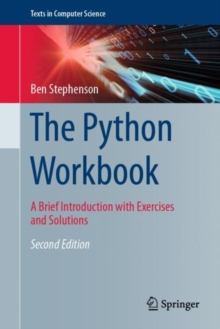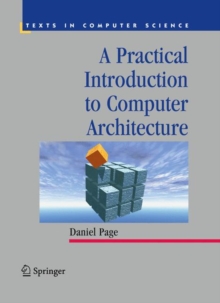
An Introduction to Kolmogorov Complexity and Its Applications PDF
by Ming Li, Paul Vitanyi
Part of the Texts in Computer Science series
Description
Briefly, we review the basic elements of computability theory and prob- ability theory that are required.
Finally, in order to place the subject in the appropriate historical and conceptual context we trace the main roots of Kolmogorov complexity.
This way the stage is set for Chapters 2 and 3, where we introduce the notion of optimal effective descriptions of objects.
The length of such a description (or the number of bits of information in it) is its Kolmogorov complexity.
We treat all aspects of the elementary mathematical theory of Kolmogorov complexity.
This body of knowledge may be called algo- rithmic complexity theory.
The theory of Martin-Lof tests for random- ness of finite objects and infinite sequences is inextricably intertwined with the theory of Kolmogorov complexity and is completely treated.
We also investigate the statistical properties of finite strings with high Kolmogorov complexity.
Both of these topics are eminently useful in the applications part of the book.
We also investigate the recursion- theoretic properties of Kolmogorov complexity (relations with Godel's incompleteness result), and the Kolmogorov complexity version of infor- mation theory, which we may call "algorithmic information theory" or "absolute information theory. " The treatment of algorithmic probability theory in Chapter 4 presup- poses Sections 1. 6, 1. 11. 2, and Chapter 3 (at least Sections 3. 1 through 3. 4).
Information
-
Download - Immediately Available
- Format:PDF
- Publisher:Springer New York
- Publication Date:09/03/2013
- Category:
- ISBN:9781475726060
Other Formats
- Hardback from £61.95
- PDF from £55.24
- Paperback / softback from £49.99
Information
-
Download - Immediately Available
- Format:PDF
- Publisher:Springer New York
- Publication Date:09/03/2013
- Category:
- ISBN:9781475726060










